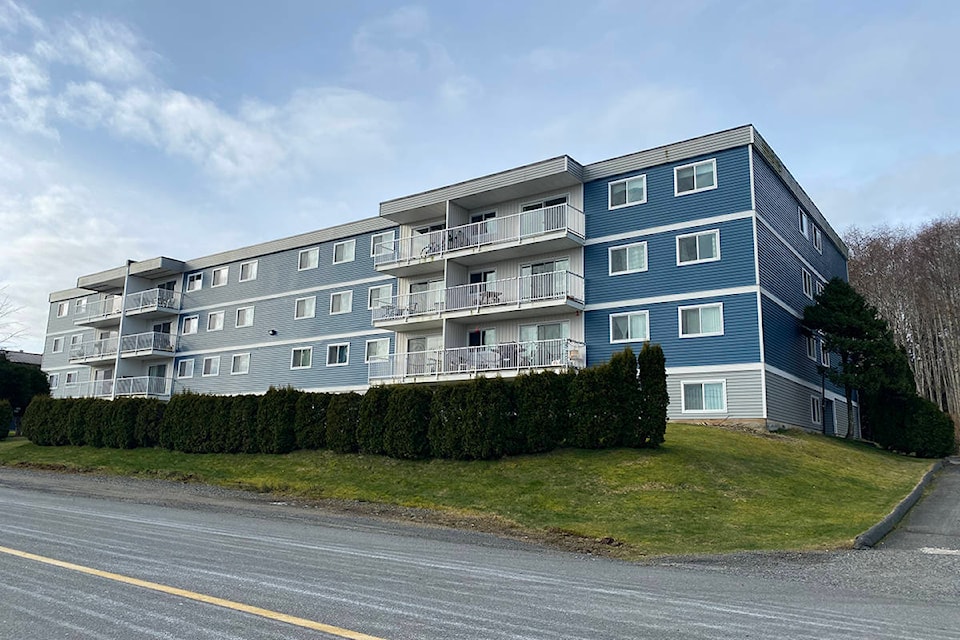Even though it just completed an intensive housing needs assessment, the Regional District of Mount Waddington still can’t say how many people are experiencing homelessness, much less how many are at risk of becoming homeless.
It’s a critical gap in the data the Mount Waddington Health Network wants to fill.
Rural communities tend to have a hard time quantifying homelessness, said health network coordinator Angela Smith. Urban areas often use a point-in-time style count, where crews of clipboard-wielding volunteers head out to the streets for one day. But that survey type hasn’t historically worked in rural places like the North Island.
Having the data is still important though. It helps communities know what housing and other supports are needed, the numbers are needed to apply for grants and funding, and it lets developers identify opportunities.
So instead of a single day count, the Mount Waddington Health Network is going to try something pioneered in rural Alberta: Over 45 days, service providers like counsellors, food banks, and social services will invite clients to do a survey about their living situation. The information is simple and anonymous. Each participant has a unique code, their initials and part of their birth year, so that they won’t be surveyed twice, but also can’t be identified.
RELATED: North Island housing needs report says more stock needed
RELATED: Development permit approved for Urban Village affordable housing in Port Hardy
RELATED: Families displaced by fire still looking for housing
Smith is hopeful that the survey will give an accurate picture of what homelessness looks like on the North Island, so that solutions can be found.
“It’s not just a social housing thing. The information allows developers to look at a community and potentially invest in housing, and then once you provide further opportunities in different areas, that alleviates strain on lower income housing,” Smith said.
One of the biggest misconceptions is the idea that if there’s no tent city there must not be a homelessness problem, she said. In fact, tents in parks is a very small portion of what homelessness really looks like. It ranges from having nowhere to sleep, to couch surfing at a friend’s house, to using a shelter, or being at risk of becoming homeless.
“If you’re spending more than 30 per cent of your income on housing, you might be at risk. If you’re having to choose between food and housing and hydro or your phone, you’re at risk,” Smith said.
Do you have something to add to this story or something else we should report on? Email: zoe.ducklow@blackpress.ca
